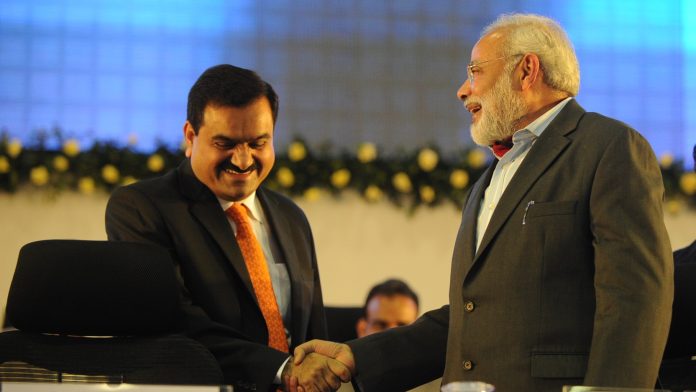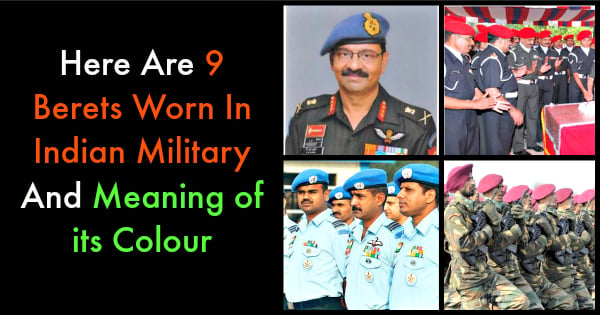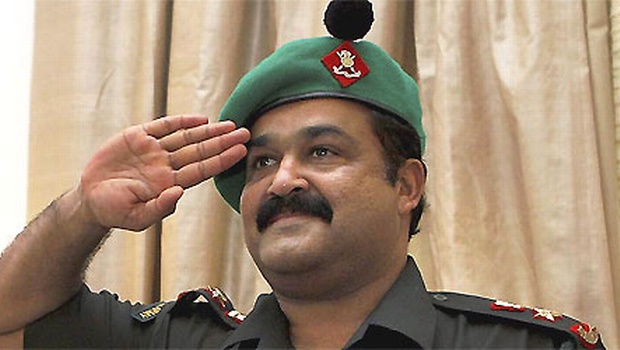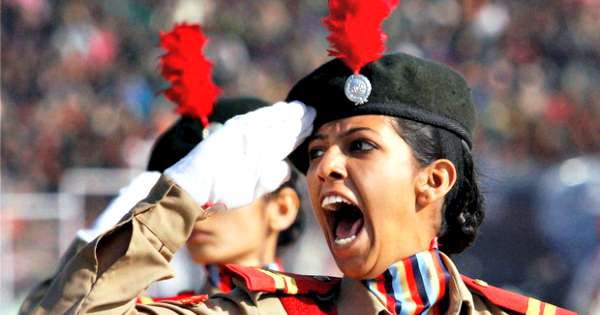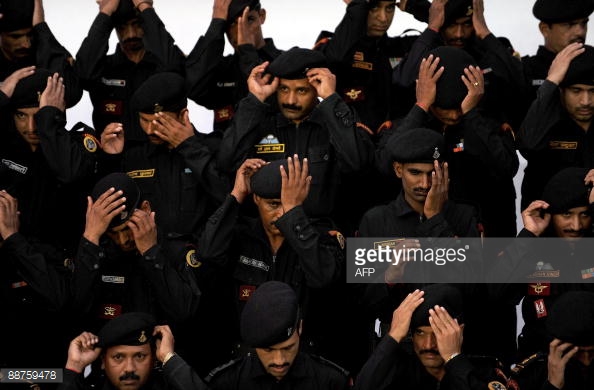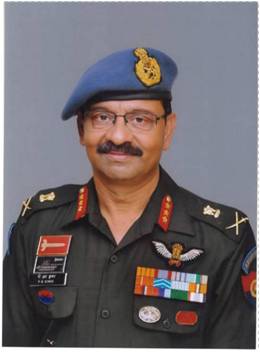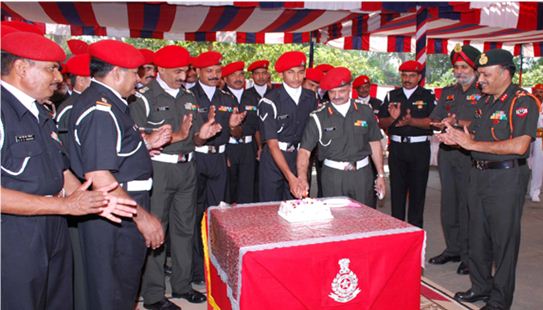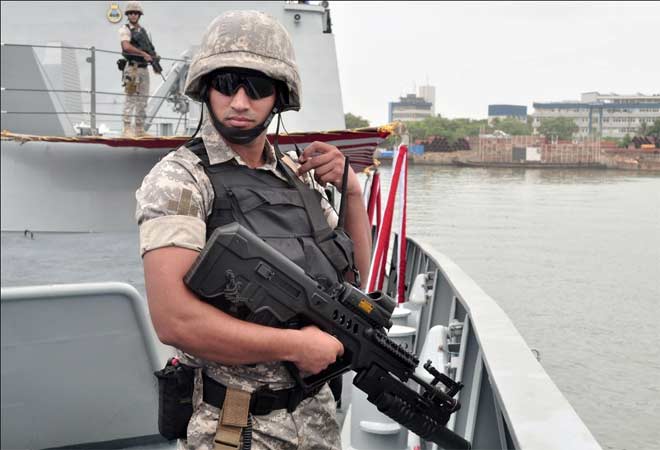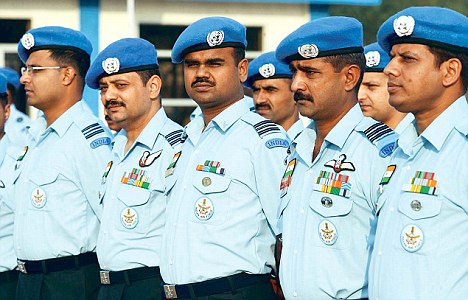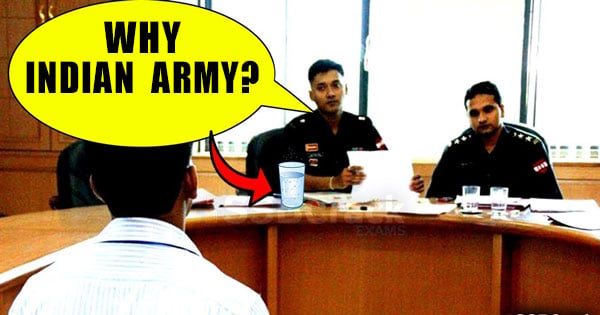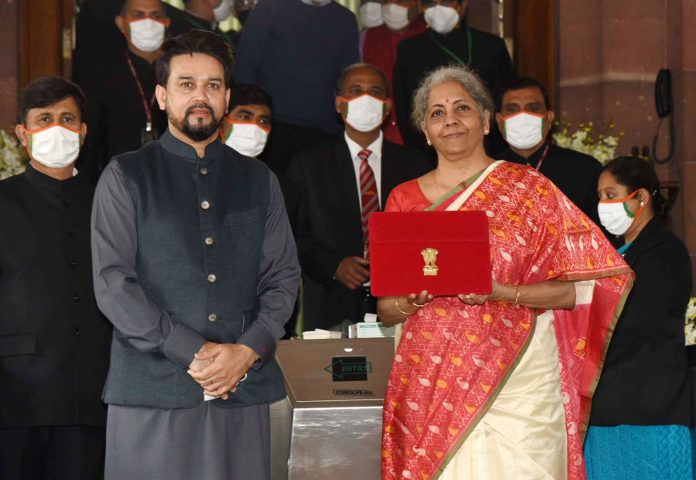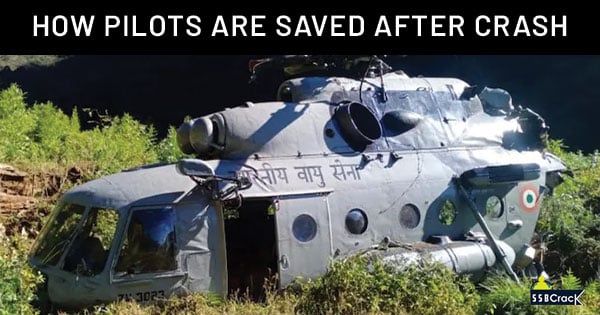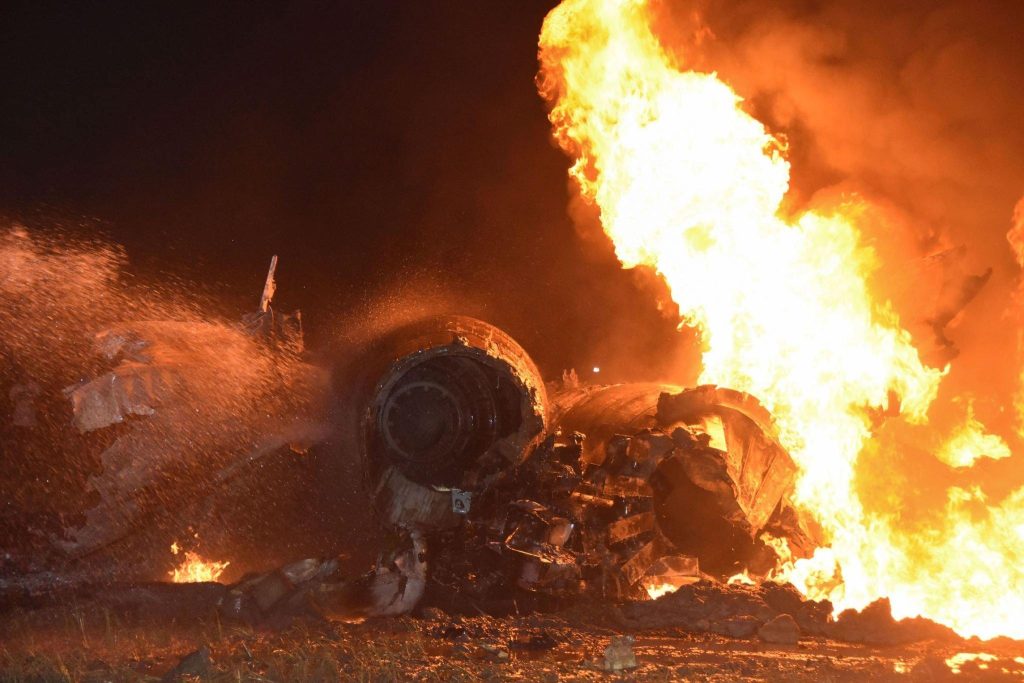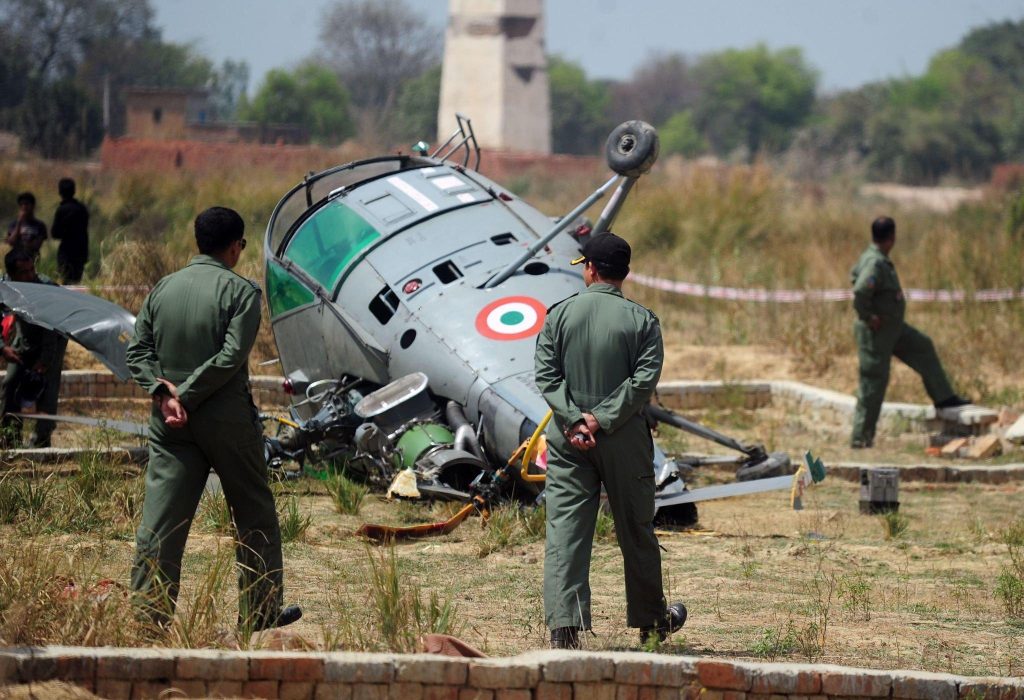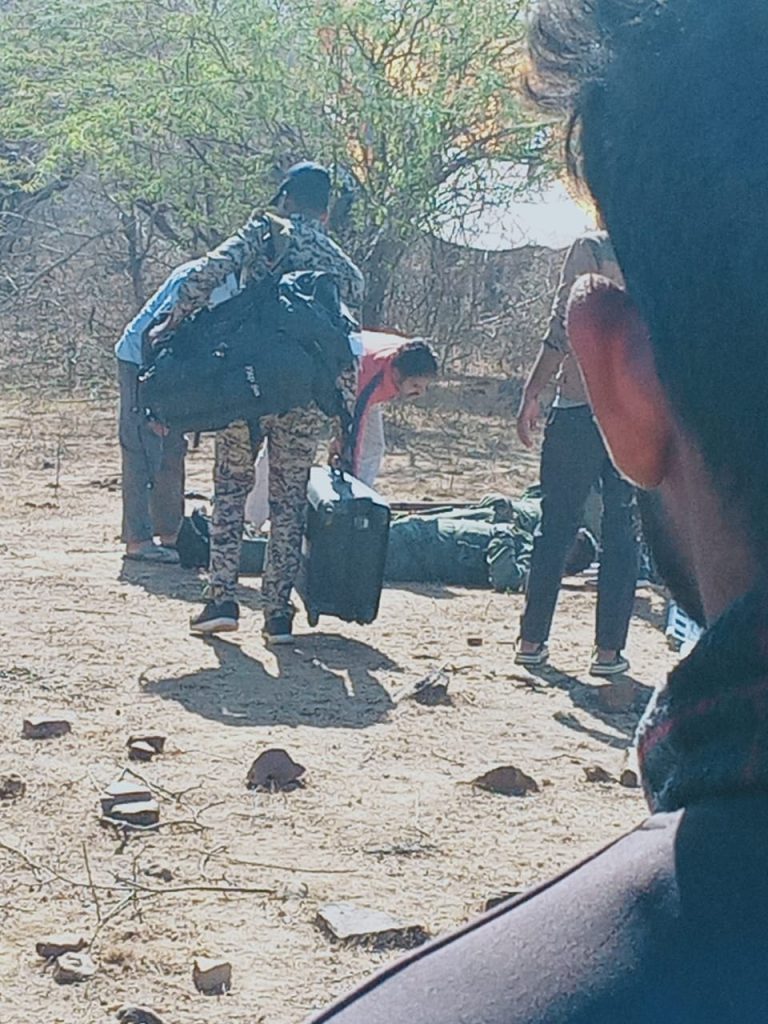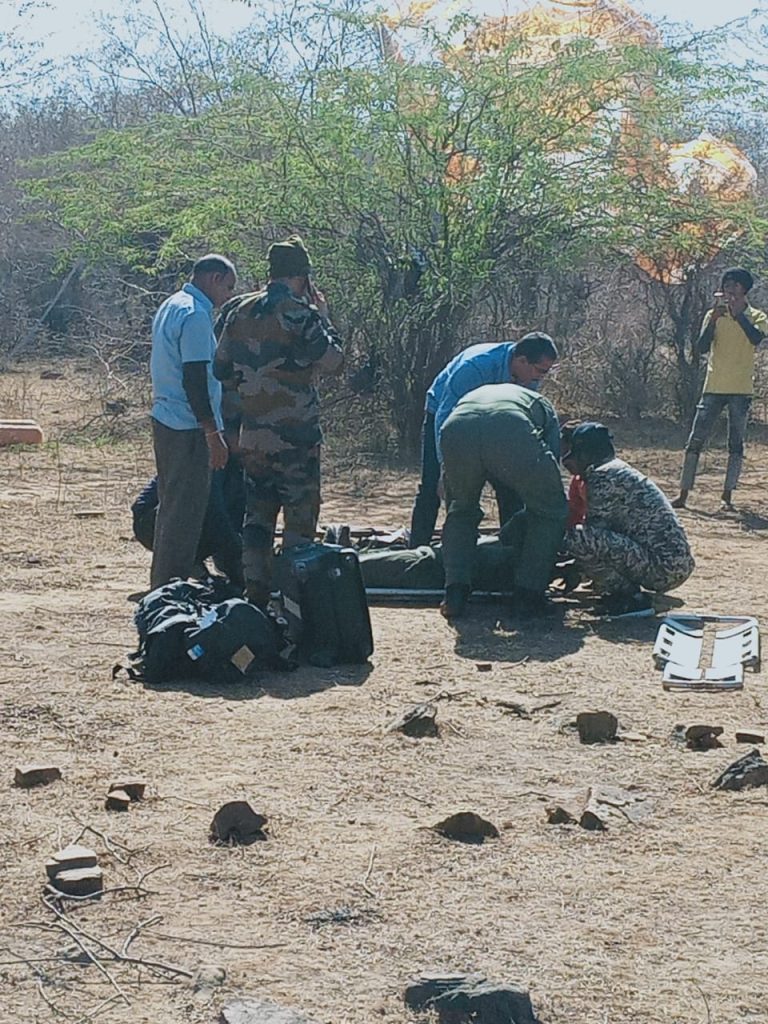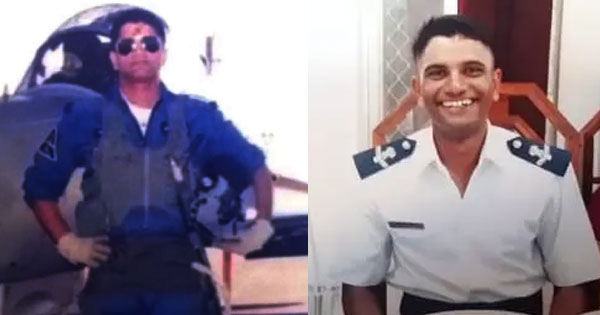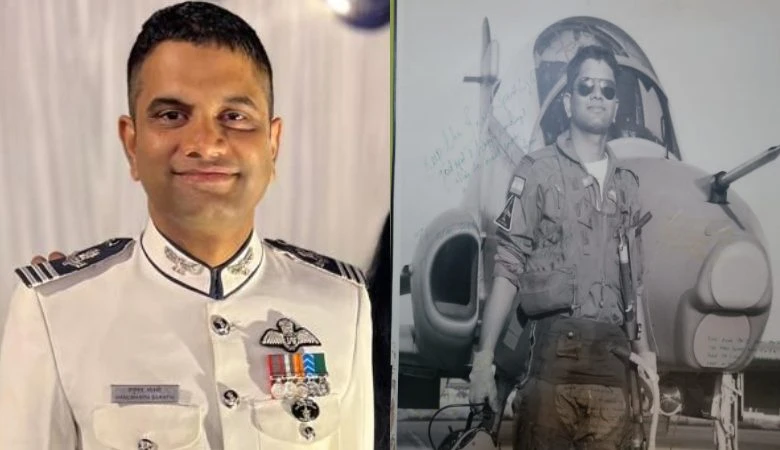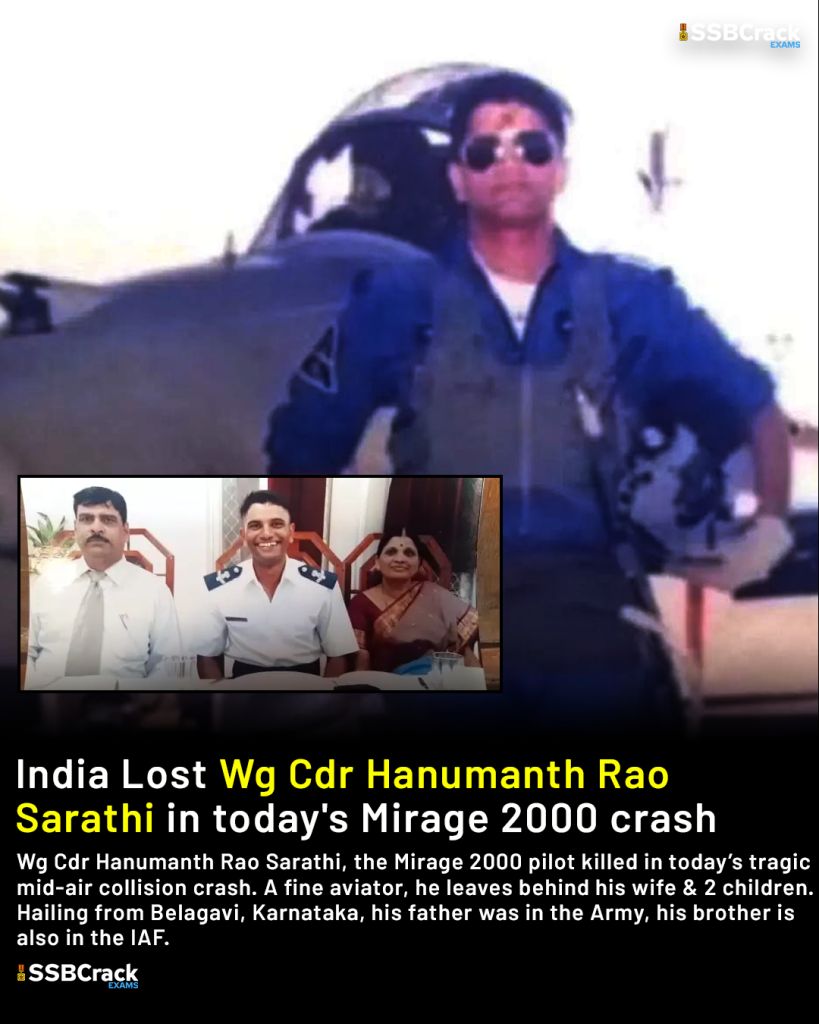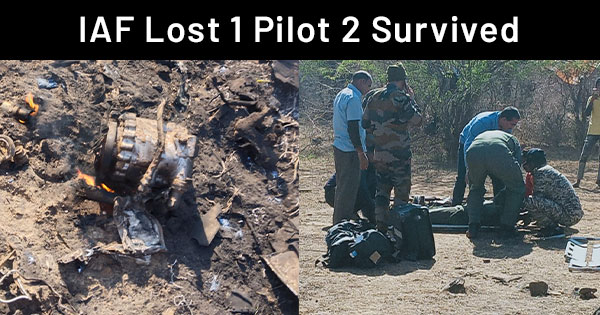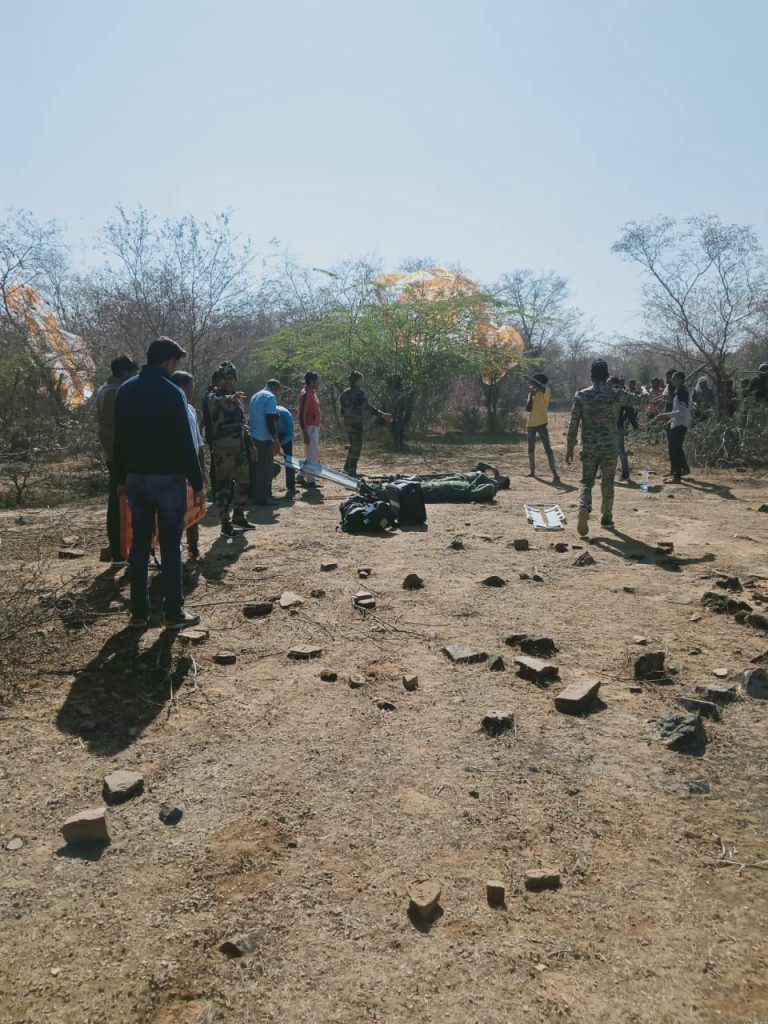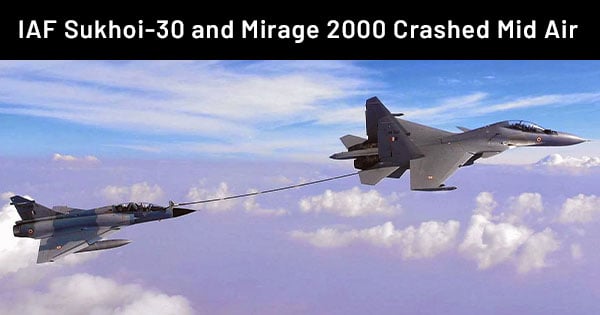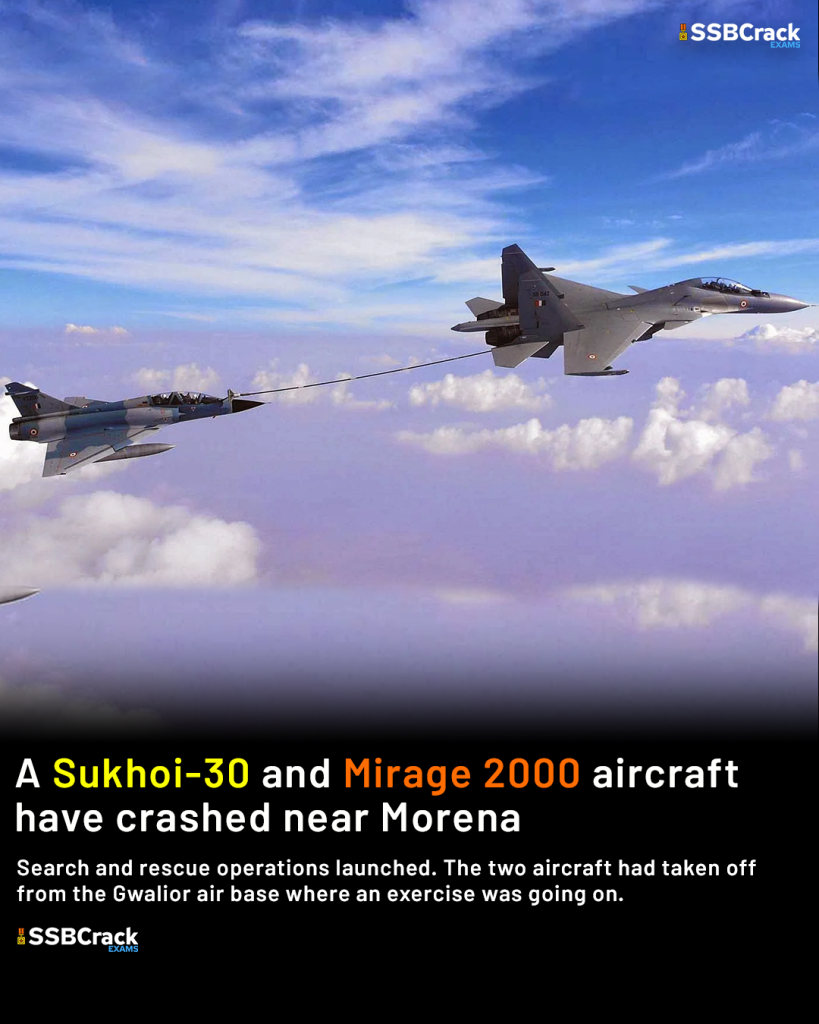Electoral bonds are financial instruments that were introduced in India in 2018 as a new mode of political funding. They are designed to replace the traditional system of cash donations and to promote transparency in political funding. The idea behind electoral bonds is to allow individuals and organizations to make anonymous donations to political parties. The bonds are redeemable only through authorized banks, which are the sole intermediaries between the donor and the recipient political party. In this article, we will take a closer look at the concept of electoral bonds, how they work, their benefits and drawbacks, and their impact on Indian politics.

How do Electoral Bonds work?
Electoral bonds can be purchased from authorized banks by any citizen of India, including companies and other organizations. The bonds are available in denominations of INR 1,000, INR 10,000, INR 1 lakh, INR 10 lakh, and INR 1 crore. The bonds are valid for 15 days, during which they can be redeemed by registered political parties through authorized banks. The political party can then encash the bonds through its verified bank account. The name of the donor is not disclosed to the political party or the public. The donor’s identity is kept confidential by the bank.
Benefits of Electoral Bonds
- Transparency: One of the key benefits of electoral bonds is increased transparency in political funding. With the traditional system of cash donations, it was difficult to track the source of funds and ensure that the donations were legitimate. Electoral bonds provide a more transparent system, as all transactions are recorded through authorized banks.
- Anonymity: Electoral bonds also offer anonymity to donors, which is beneficial for those who do not wish to reveal their political affiliations. This protects the donor from potential political backlash or retribution.
- Ease of Donation: Electoral bonds are easy to purchase and redeem, making it simpler for individuals and organizations to make donations to political parties.

Drawbacks of Electoral Bonds
- Lack of Accountability: The anonymity offered by electoral bonds also makes it difficult to hold political parties accountable for the source of their funding. This can lead to potential corruption and abuse of funds.
- Reduced Public Disclosure: The confidential nature of electoral bonds reduces public disclosure of political funding. This makes it difficult for citizens to assess the sources of funding for political parties and to hold them accountable.
- Increased Power of Corporate Donors: Electoral bonds give corporate donors greater power, as they can make anonymous donations without revealing their identities. This can lead to a potential conflict of interest between corporate interests and the public interest.
Impact on Indian Politics
Since the introduction of electoral bonds, there has been a significant increase in the amount of funds being donated to political parties. In the 2019-20 financial year, political parties received a total of INR 6,128 crore through electoral bonds, compared to INR 1,514 crore in the previous financial year. The increased flow of funds has raised concerns about the potential influence of corporate donors on Indian politics.
In conclusion, electoral bonds are a significant departure from the traditional system of political funding in India. While they offer benefits such as increased transparency and ease of donation, they also have drawbacks, including reduced public disclosure and the potential for abuse of funds. As with any new system, it is important to closely monitor the impact of electoral bonds on Indian politics and to take steps to ensure that they are used in a transparent and accountable manner.

